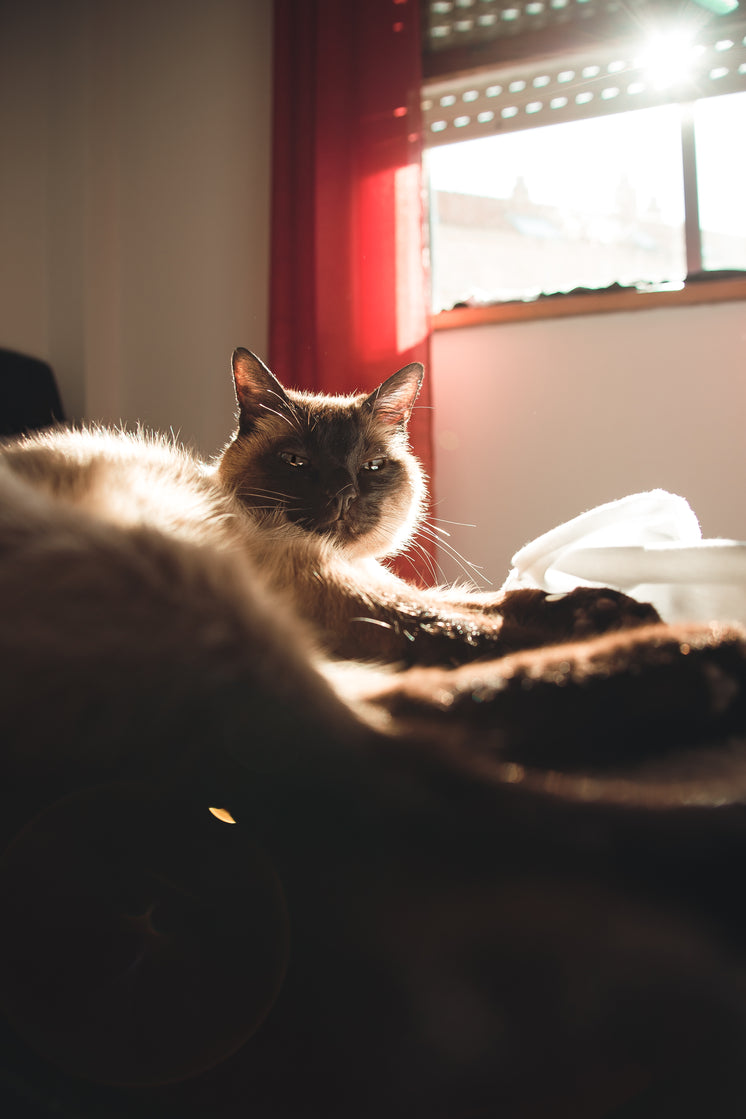
Cat litter and litter boxes play a critical function in the lives of both cats and their owners. From the simple starts of sand and soil to the ingenious improvements of today, the world of cat litter has developed considerably. In this thorough guide, we explore every aspect of cat litter and litter boxes, exploring their history, types, benefits, challenges, and everything in between.
The history of cat litter dates back centuries, with ancient civilizations using sand, soil, and even ashes as primitive litter materials. However, it wasn't until the mid-20th century that contemporary cat litter as we know it emerged. In 1947, Edward copyright introduced the world's first industrial cat litter made from absorbent clay, reinventing the method felines relieved themselves inside your home. Considering that then, cat litter has actually gone through various improvements, with the intro of clumping litter, silica gel litter, naturally degradable choices, and more.
Today, feline owners are spoiled for choice when it comes to selecting the right litter for their feline buddies. Standard clay litter stays popular for its price and efficiency in taking in odors. Clumping litter, which forms solid clumps when wet, streamlines cleansing and upkeep. Silica gel litter, composed of highly absorbent silica crystals, offers superior smell control and durability. Naturally degradable choices, such as recycled paper, wood pellets, corn, and wheat, appeal to environmentally mindful customers.
Each type of cat litter offers unique benefits. Clay litter masters its ability to absorb wetness and control smells, making it a trustworthy option for many cat owners. Clumping litter streamlines everyday scooping and extends the time between total litter modifications. Silica gel litter offers exceptional smell control and can last longer between replacements. Biodegradable litters use a sustainable option that reduces ecological effect.
While cat litter enhances indoor feline health, it is not without its difficulties. Dust from clay litter can position respiratory dangers for both cats and human beings, triggering the popularity of dust-free options. Some cats might develop litter box hostility due to problems with texture, aroma, or tidiness, self cleaning cat litter box necessitating experimentation with various litters and box configurations. Multi-cat families may need strategic litter box placement and regular maintenance to avoid territorial disputes and make sure all cats have access to tidy facilities.
Picking the suitable litter box is vital for promoting positive litter box practices and overall feline wellness. Factors to think about include size, ease of access, and style preferences. Covered litter boxes supply privacy and aid include smells, but some felines might find them restricting or intimidating. Open-top litter boxes provide easy access and presence but might result in more litter scatter. Automatic self-cleaning litter boxes enhance upkeep but need routine monitoring and maintenance.
Proper litter box maintenance is vital for ensuring a tidy and welcoming environment for both cats and their owners. Daily scooping eliminates waste promptly, reducing smell and discouraging litter box aversion. Routine litter replacement, typically every 1-2 weeks, prevents Covered Litter Boxes bacterial accumulation and maintains ideal absorbency. Extensive cleansing with moderate cleaning agent and water, avoiding severe chemicals that might hinder felines from utilizing the box, ought to be performed monthly.
Cat litter and litter boxes play a main function in cultivating a healthy and unified relationship between cats and their human buddies. With a diverse range cat litter box furniture of litter choices and litter box styles offered, feline owners have the versatility to customize their options to suit their cats' preferences and family requirements. By understanding the development, types, advantages, and obstacles of cat litter and litter boxes, animal owners can supply their feline good friends with a comfortable and hygienic indoor environment.
Comments on “Aromatic vs. Odorless Cat Litter: Which is Better?”